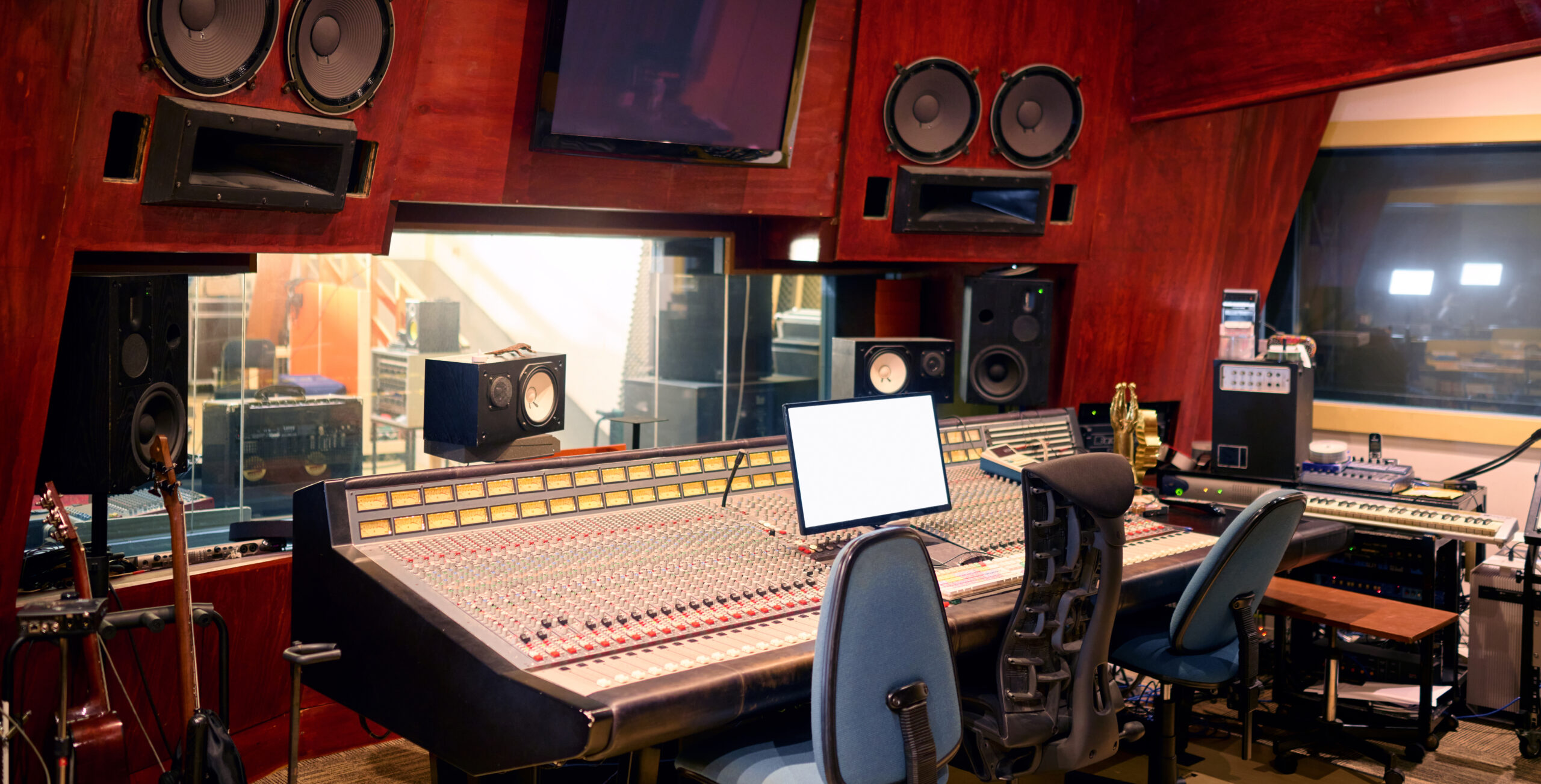Engineers who worked full-time for Milestone in this period include Pat Foster, who later became heavily involved in the supervision of the building of the new studios mentioned below, Paul Zimmer, Al Etto, Lance Field and Madoda Mditshwa.
Murray Stewart, who had previously worked at Sonovision Studios in Johannesburg, and B&S Studios in Cape Town, joined Milestone as a partner in 1993, and played a major part in the growth and success of the studio. He decided to retire from the sound game in 2007 and go farming.
At the end of 2004, the building housing the studio premises was bought by a developer and demolished, and a new building was constructed. A section of this new building was purchased, and ex-South African architect Ivan Kadey, now based in Los Angeles, designed a state-of-the-art studio.
The studios were built over a period of three years, with the structural shell being completed in mid 2006, and the acoustic shell 18 months later. A dedicated air-conditioning plant room ensured the minimum of noise transmission to the recording areas. The studios are all built on the “room-within-a-room” principle: by a combination of floating concrete floor slabs, walls isolated from the structure by rubber sway braces, and acoustic ceilings suspended from spring hangers, the rooms are de-coupled from the structure of the building. This creates superior sound isolation.
The control room in Studio One was constructed around the “FrontWall” design, patented by Ivan Kadey and his former partner at Waterland, Vincent van Haaff. The aluminium structure was shipped from Los Angeles, together with the custom Waterland speaker system and other electronic components, and assembled on site. 48 microphone lines from the main music recording room, and another 48 from the four isolation booths, are fed into the Raindirk Symphony LN2 console, which was completely re-capped on installation.
The end result is a studio complex that can hold its own with anything else on the continent.


















